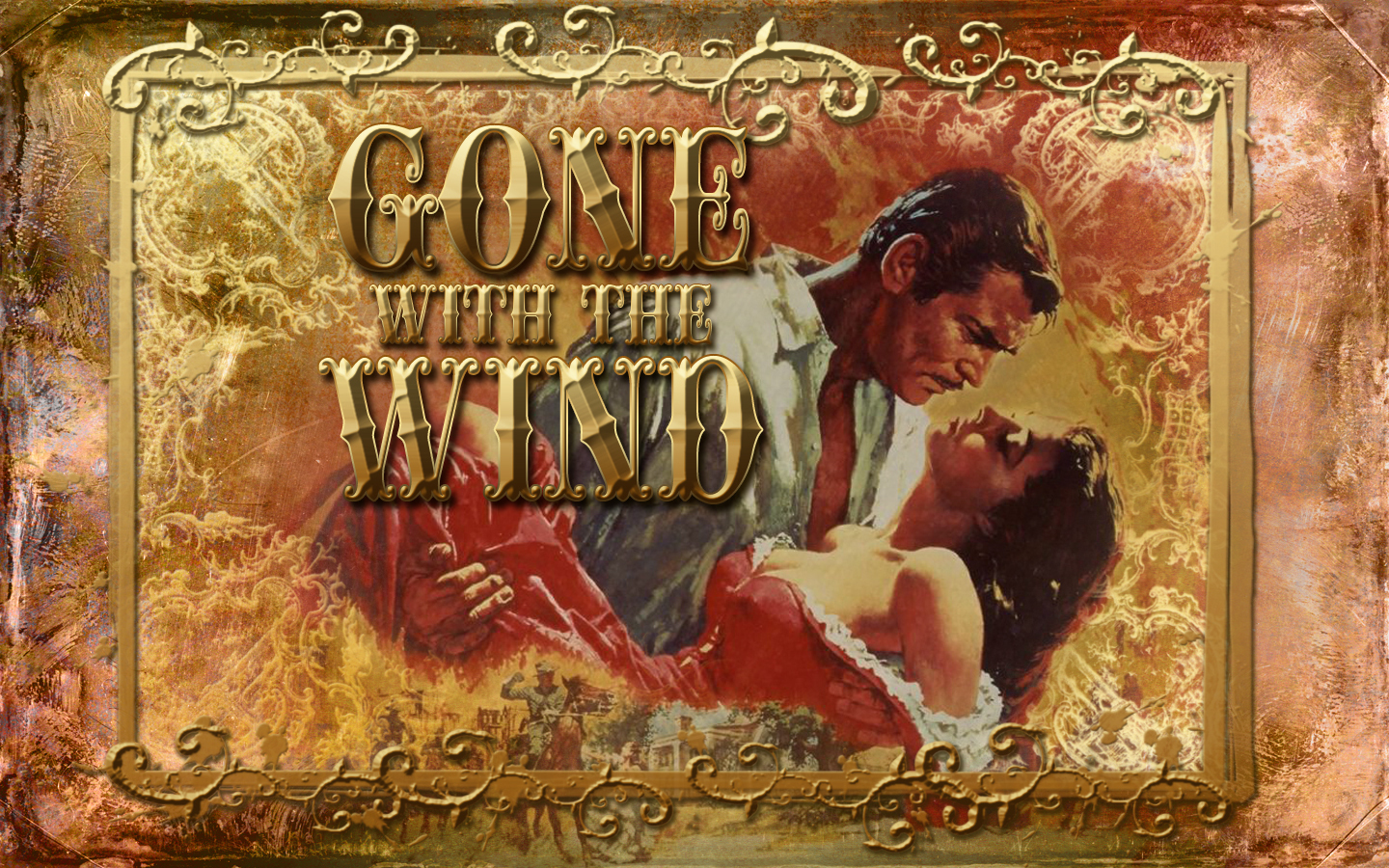1. Relate what was discussed in class or the text to the screening.
Gone with the Wind is one of the highest-grossing films of all time, despite being four hours long. Yet, its length did nothing to slow the action of the film; scenes were paces perfectly, the plot moved effectively, and there was never a dull moment. The Technicolor dream won more than a handful of Oscars due to its masterful storytelling, and Vivien Leigh won the Best Leading Actress nomination as the disdainful Scarlett O'Hara.
2. Find a related article and summarize the content.
The book Bullies, Bastards, & Bitches by Jessica Page Morrell addresses how to write a rounded yet wholly unlikable character. In twelve chapters, the author approaches the different archetypes that the audience is drawn to hate, including villains, sociopaths, bad boys, bitches, demons, monsters, and bullies. Making your characters perform "bad" acts is not enough to keep an audience interested and engaged; instead, the writer or director must keep the behavior consistent to the character's motivation.
3. Apply the article to the film screened in class.
It's not often that one of the most popular award-winning films features a grating and unlikable protagonist, but Gone with the Wind pulls it off. Scarlett O'Hara may look like a lady, but she refuses to fit into her expected mold. She is headstrong, pushy, brash, selfish, and independent. Scarlett is an anti-hero in a sea of Southern gentlemen and belles (p. 361). Morrell explains what encompasses such a character:
 |
| Infamous O'Hara glare |
"A bitch anti-hero doesn't always bother to be nice, because she'd rather be real; she is often after power, and she refuses to be a victim." (p. 337)This one sentence sums up many facets of Scarlett's personality, both good and bad. On one hand, she can and will do what is necessary to get what she desires. On the other hand, she is willing to compromise her integrity and the feelings of whom she is close. She follows a different set of ethics and social expectations than the rest of Georgian society.
For example, one enduring theme is Scarlett's obsession with Ashley Wilkes, the much older heir of Twelve Oaks. From the beginning of the film until near the end, she continues to hold hope that Ashley will one day be hers. Miss O'Hara soon marries Ashley's cousin and brother-in-law, Charles Hamilton, just to be closer to Ashley. She continually throws herself at Ashley, forcing him to kiss her in emotional times and coos promises of children if he runs away with her to Mexico. She even pursued him as his wife Melanie Wilkes lay dying just meters away. Scarlett is a predator wrapped in taffeta and velvet.
O'Hara has no problem manipulating people for her own advantage. She marries men for what they can give her and uses prison labor to build her lumber empire. But our anti-hero's persistence fuels her survival as well. Her famous words while standing atop her ravaged home:
"I'm going to live through this and when it's all over, I'll never be hungry again. No, nor any of my folk. If I have to lie, steal, cheat or kill. As God is my witness, I'll never be hungry again." - Scarlett O'HaraAnd she does just that. Here, she refuses to let herself be a victim and harnesses her own power. She shows her capabilities throughout the film from delivering Melanie's baby by herself, to escaping a burning city, and finally by picking cotton in the fields with little complaint. Scarlett always had the determination and ability to do what was right and necessary, but her unwillingness to stay on the right path is what makes her so much more dislikable.
4. Write a critical analysis of the film, including your personal opinion, formed as a result of the screening, class discussions, text material, and the article.
I liked that Scarlett was an entertaining main character yet caused so much disdain. It was interesting to see her contrasted against Melanie, whose sweet and forgiving demeanor constantly reminded us of her sister-in-law's sour attitude. While it was difficult to "root" for Scarlett and the South, there were times when Scarlett and her brethren experienced hardship and death that made me pity them and hope to see them safe. The dysfunctional love story between Scarlett and various men almost seemed deserving at the end. She was destined never to find love because she'd abused the feelings of others so many times through the years.
Bibliography
- Fleming, Victor (Director). Selznick, David O. (Producer). 15 December 1939. Gone with the Wind [Motion Picture]. United States: MGM
- Morell, Jessica Page (2008). "Bullies, Bastards, & Bitches: How to Write the Bad Guys of Fiction."
CHECKLIST FOR PLAGIARISM 1) (X) I have not handed in this assignment for any other class. 2) (X) If I reused any information from other papers I have written for other classes, I clearly explain that in the paper. 3) (X) If I used any passages word for word, I put quotations around those words, or used indentation and citation within the text. 4) (X) I have not padded the bibliography. I have used all sources cited in the bibliography in the text of the paper. 5) (X) I have cited in the bibliography only the pages I personally read. 6) (X) I have used direct quotations only in cases where it could not be stated in another way. I cited the source within the paper and in the bibliography. 7) (X) I did not so over-use direct quotations that the paper lacks interpretation or originality. 8) (X) I checked yes on steps 1-7 and therefore have been fully transparent about the research and ideas used in my paper.
Name: Alison Coppola
Date: 10/15/15

Very good! 10/10
ReplyDelete